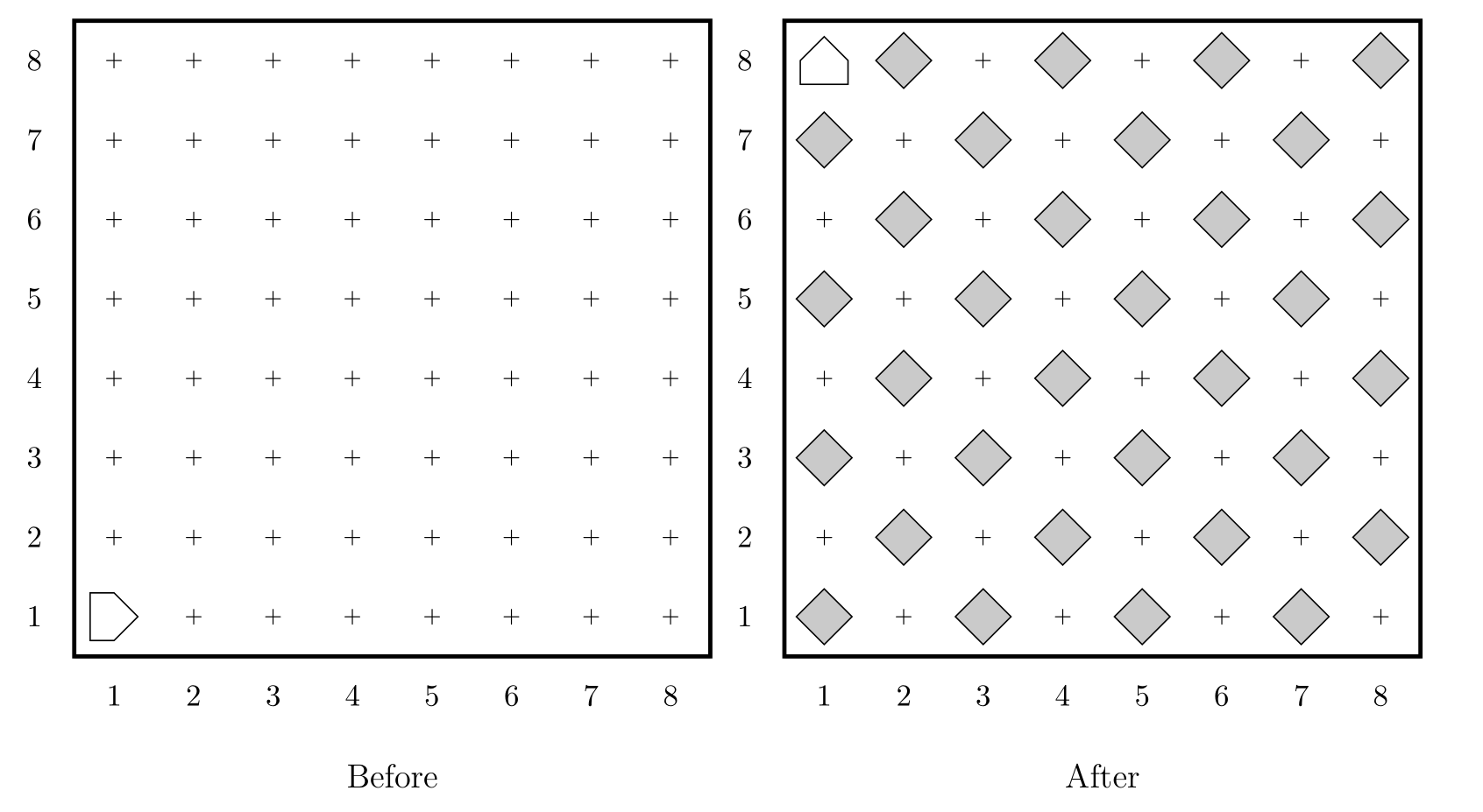Problem 2: divisible_by_six_or_seven
Prob2.py contains a few lines under a comment named "boilerplate" that allow you test your code, but is otherwise mostly empty. Write your solution as specified above this "boilerplate" which you are encouraged to leave unaltered.
Write a function called divisible_by_six_or_seven, that
divisible_by_six_or_seven accepts two arguments: a smaller integer value that I will call x and a larger integer value, that I will call y.
divisible_by_six_or_seven prints every number...
- from
x to y, including x and y,
- that is divisible by six (6) or seven (7), but
- not divisble by both six (6) and seven (7).
divisible_by_six_or_seven may print these numbers in any order
divisible_by_six_or_seven, after printing all the numbers, will return (not print) how many numbers were printed.
I have written a small web application to help you. It allows you to input two values, and see the expected "print" and "return" results. Link.
How I solved Problem 2
I used one 'for' loop over a range created by the 'range()' function, similar to Karel 'for' loops. Within this loop, I used a series of 'if' statements, modulo '%' operations, and comparisons to zero using double equals '=='. Within the 'if' statements, I printed values and also increased the value of a counting variable, which I would latter return. There are many ways to structure these statements, and you should do what makes the most sense for you.
I was able to complete this task on my first attempt, but it took many tests before I convinced myself that it was correct. Also, I wrote the helper demonstration before attempting this task, and I took several attempts (at least 3) to create the code for demonstration.
Extra Credit
I have discovered a solution that requires a single line of code - that is, my Prob2.py takes only one line. I used a list comprehension and a lambda expression to achieve this.
Any student able to write, and explain, a single-line solution to Problem 2 will receive up one assignment worth of extra credit. The explanation is required because I believe generative AI programs may be able to solve this question quite easily, but I am doubtful you will be able to explain the code that they write. And if you can explain the code, then it doesn't matter that an AI wrote it.
If you would like to attempt this extra credit assignment, submit your single-line solution and schedule a time to meet with me to convince me you understand it.
